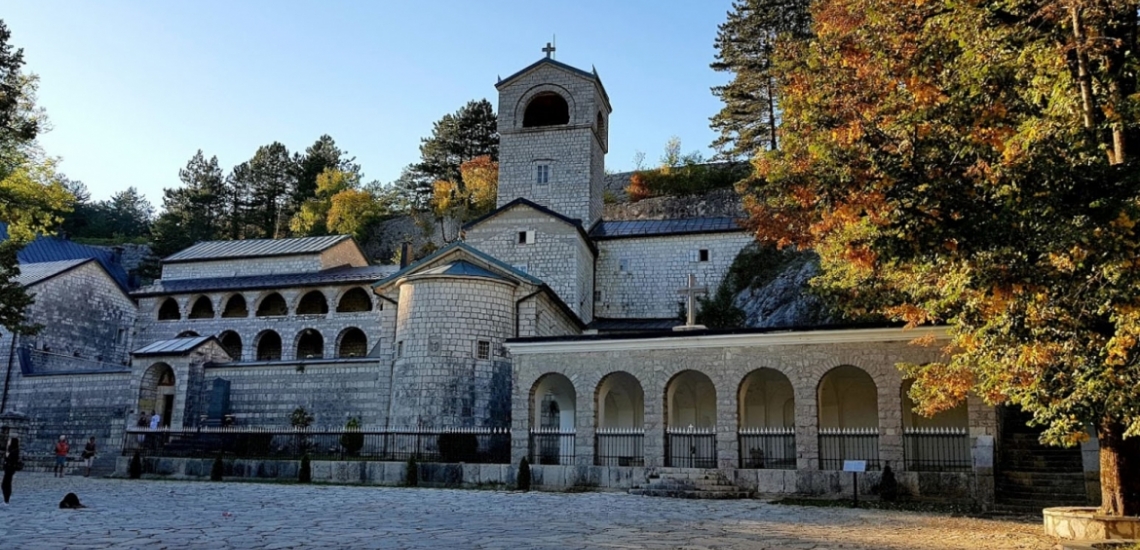The Cetinje Monastery, as old as the city itself, was founded in 1484 by Ivan Crnojevic — ruler of the Zeta Knyazdom located on the territory of modern Montenegro. At first the monastery was a little to the side of the modern Cetinje Monastery.
Throughout its history the monastery was caught in armed conflicts between the Osmans and the Venecians several times. Even though the monastery is a powerful fortress in itself, armed with loopholes and surrounded by a moat, it was destroyed and then rebuilt numerous times. In the XVIII century the monastery was rebuilt for the last time, gaining its current appearance.
Despite all the monastery had to go through in 5 whole centuries, it served as home to the Zeta, Cetinje, and now the Montenegrin mitropolite. To this day, it's the residence of the Mitropolite of Montenegro and the Littoral of the Serbian Orthodox church.
The main church of the Cetinje Monastery is dedicated to the Nativity of Mary. It's inside is decorated by wooden, hand-carved icons. The church hosts such Christian relics such the right hand of John the Baptist and a part of the True Cross. Two tombs, of the Montenegran knyaz Danila I Petrovic-Njegos (ruled from 1852 to 1860) and his brother, voivode Mirko, as well the remains of St. Peter of Cetinje (Peter I Petrovic-Njegos) are also held there. You can also find there a cell housing a part of the remains of Great-martyr Theodore Stratelates.
There's a museum working inside the monastery, hosting such valuable exhibits as the stole of St. Sava (XIII century), the crown of St. Stefan Decanski (XIII-XIV centuries), a collection of ancient handwritten and printed books, various church outfits of mitropolites and a collection of orders.
The Cetinje Monastery is open to any visitor. However, strict appearance rules are enforced: the clothes should cover the knees and shoulders; women should preferably be in a skirt and cover the head with a shawl. Appropriate clothes are available for free at the church, if needed.

